In an increasingly crowded field of NFT marketplaces, Foundation might be the biggest name when it comes to crypto art. The semi-selective platform does a great job of putting artists and its community of collectors front and center. To be sure, this makes it one of the most popular marketplaces out there, particularly when it comes to 1-of-1 crypto art.
Let’s dive into Foundation, who it’s for, and how to buy and sell crypto art on its marketplace.
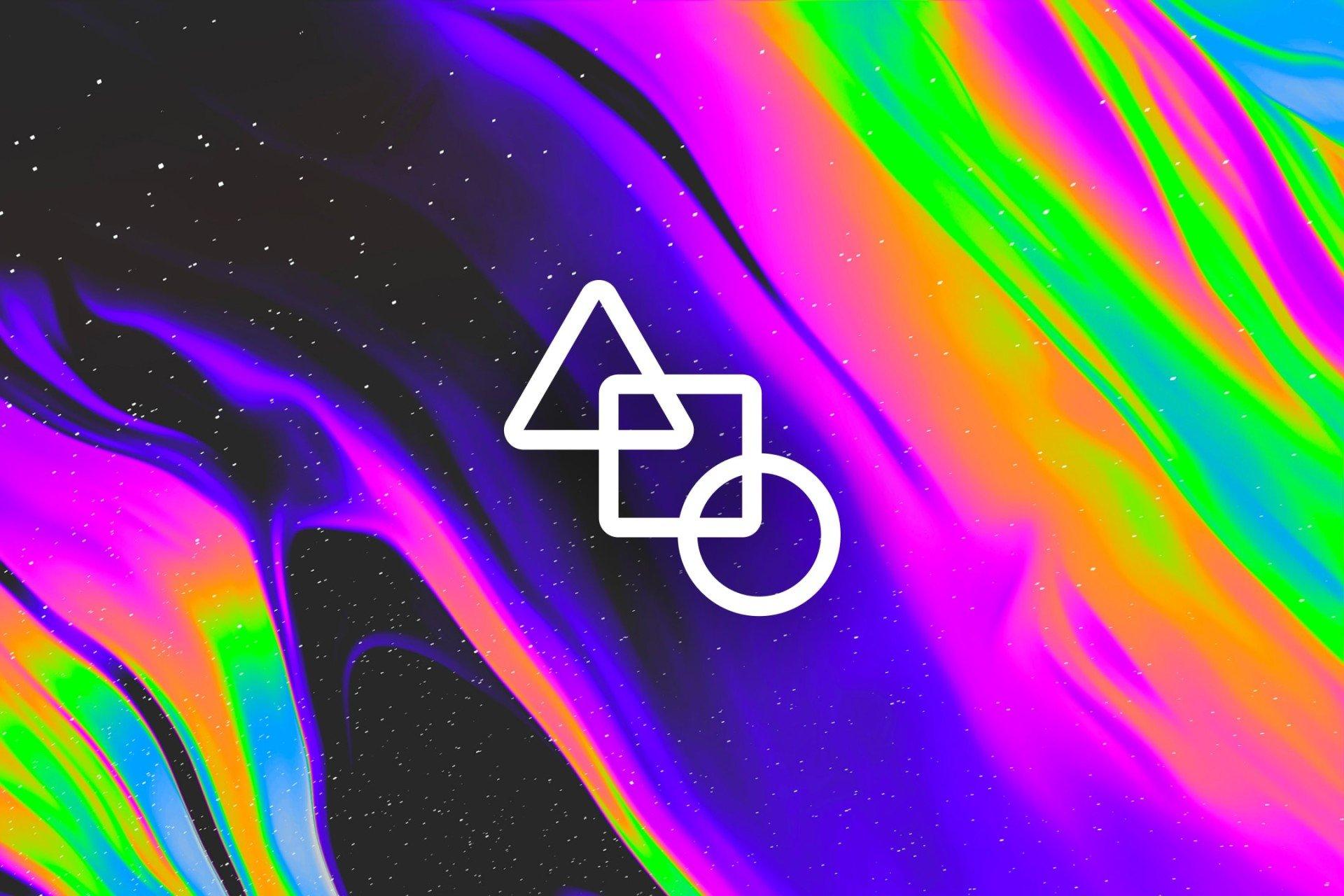
Stand Out in the Crypto Art Market: Check Out Foundation NFT Marketplace
What is Foundation?
To sum up, Foundation is an Ethereum NFT marketplace focused on creating a strong community of NFT creators and collectors. The crypto art platform first announced itself in May 2020, going on to launch in February 2021. Since then the marketplace has amassed over 260,000 users, with over 180,000 NFTs on the marketplace.
Not to mention that creators on the platform have earned a combined 54,992 ETH – about $155 million at the time of writing.
How to get started collecting NFTs on Foundation
Firstly, anyone with a MetaMask wallet and ETH can create a profile and collect NFTs on Foundation. All you’ll need is a MetaMask wallet and ETH.
Buying on the primary market in Foundation involves bidding on art auctions (more on that below). If you place the winning auction bid you can then claim your NFT. After claiming, you’ll receive the NFT in your wallet and it will show up on your Foundation profile.
After that you can display it in your virtual gallery, and, of course, sell it on the secondary market. If you want to resell an NFT from Foundation on a different NFT marketplace, you can always transfer it out and then sell it.
Browsing NFTs on Foundation
Foundation has a clean and simple layout which makes it easy to browse through crypto art on the site. Its homepage contains both the top trending auctions, as well as curated sections of featured collections, NFTs, and creators. Users can also search through the hundreds of thousands of NFTs on the marketplace by media type, primary or secondary sale, and by price.
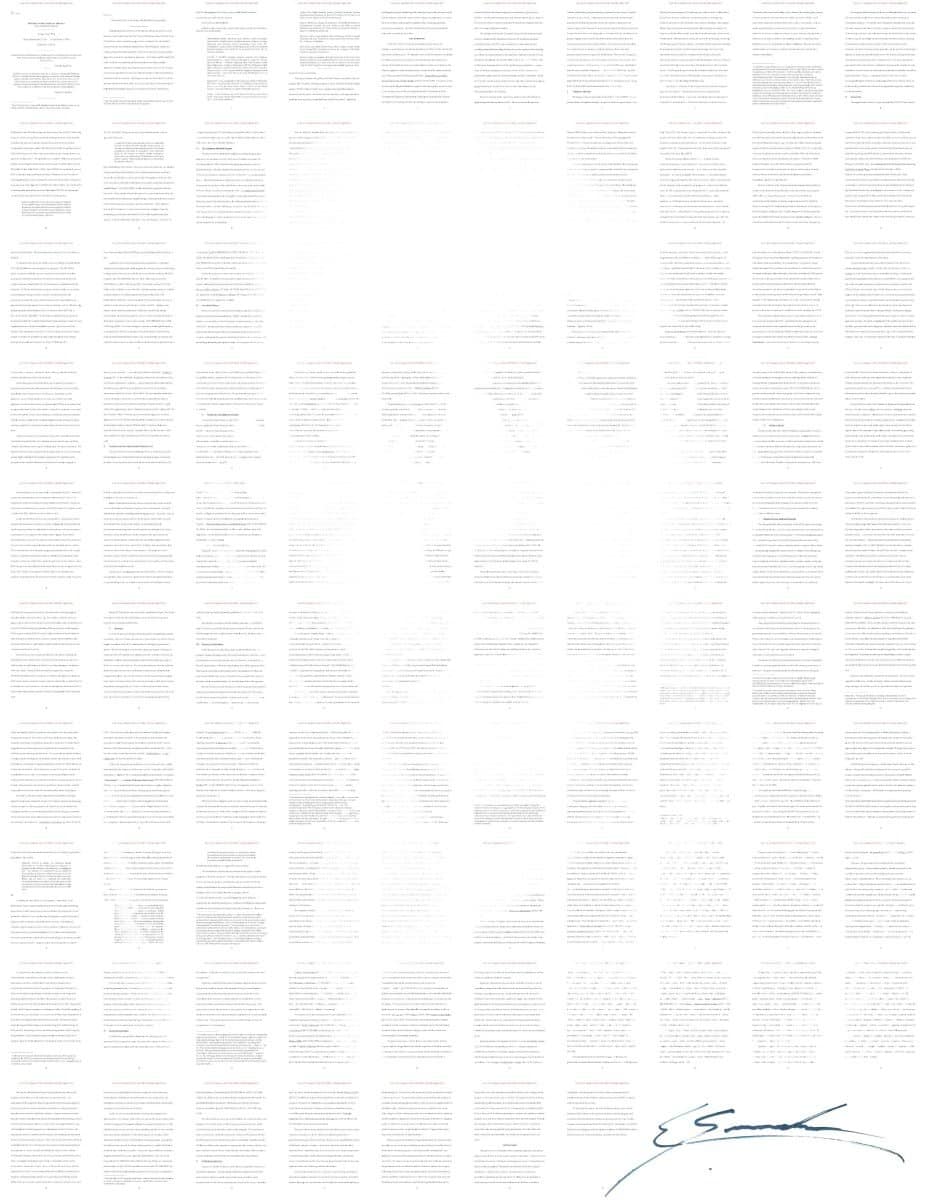
What crypto art creators need to know about Foundation
Creators need an invite to sell NFTs on Foundation
A big challenge for both collectors and creators on NFT marketplaces is the sheer volume of content that lives on many of the major platforms. For example, OpenSea has said that about 80% of the NFTs on its marketplace are junk or stolen art.
High content volume on an NFT marketplace can create a sea of noise that makes it hard for NFT creators to stand out, and for collectors to find quality crypto art. One way that Foundation addresses this issue is that creators have to be invited in order to sell NFTs on the platform. In essence, creators on Foundation will need to sell at least one NFT on the marketplace before they can send out invites.
Given that this system requires hopeful creators to know someone who is already on the platform, Foundation invites are highly sought after. So much so that people have even sold them on eBay in the past! Even so, forming relationships with creators in the community is the best start for those looking for an invite. By the same token, Foundation also gives out invites from time to time to people who are active in its Discord.
Minting crypto art to sell on Foundation
Luckily for NFT creators, minting NFTs on Foundation is very easy to do. Indeed it can all be done at the click of a button – no coding or technical knowledge required! What’s more, Foundation actually made a crucial update to its NFT marketplace recently.
In short, the update allows NFT creators to sell their crypto art on the Foundation marketplace using their own smart contracts. This was a welcome upgrade from the default option of minting to the “Foundation Collection” shared smart contract. As with most platforms, creators will need ETH in their wallets to pay the gas fees needed to mint their crypto art NFTs.
Another key point is that Foundation has a 50 MB limit for file sizes. However, the stores do get uploaded to the IPFS system as opposed to on Foundation’s servers. This is nice because IFPS is a decentralized location for file storage.
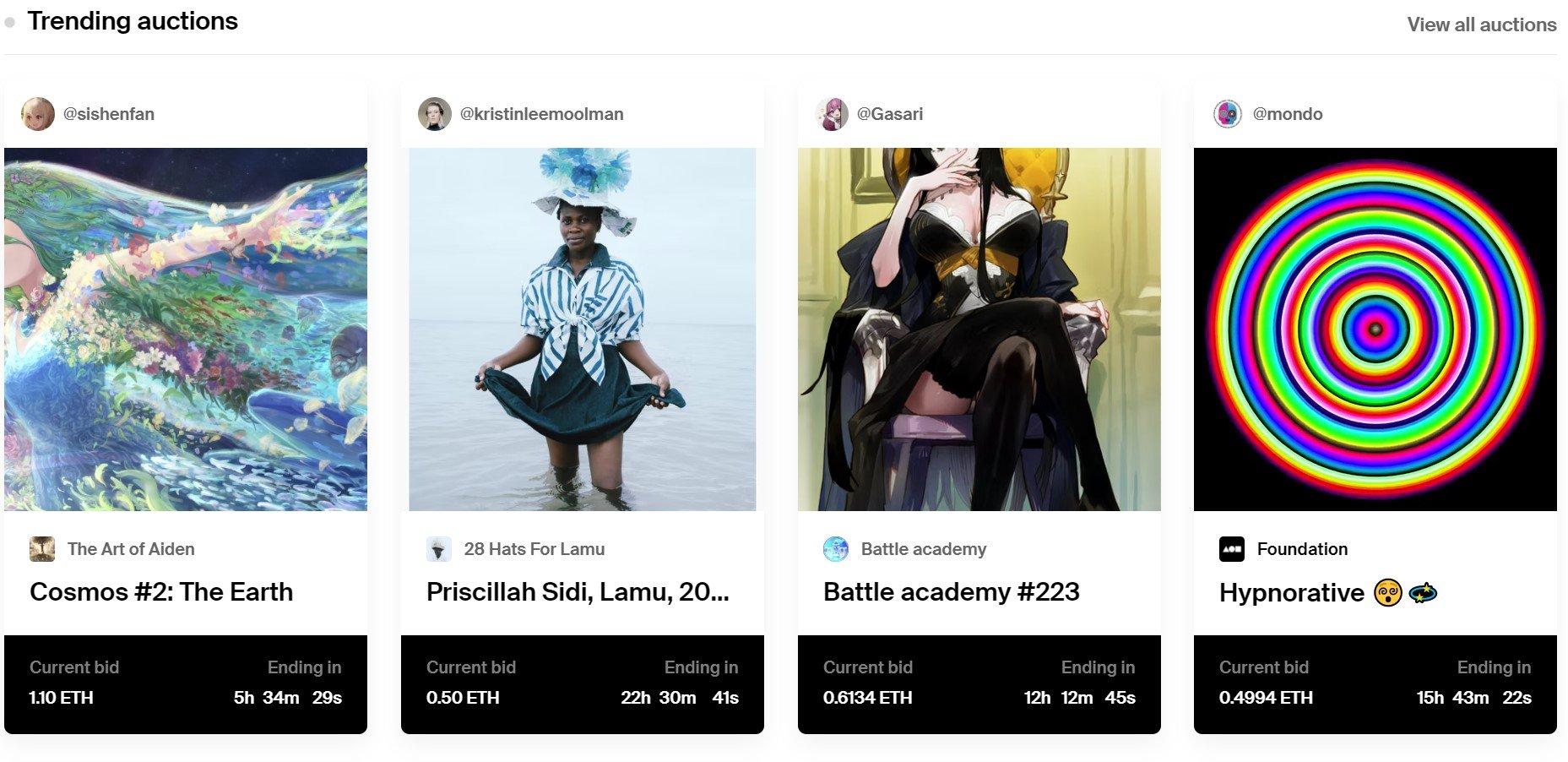
Selling crypto art on Foundation
Unlike some other NFT marketplaces, primary sales on Foundation take place via auction. The way this starts is that artists list their NFTs for auction at a reserve price. Then, a 24-hour auction starts as soon as someone places the first bid, which must meet the reserve. After that, each new bid must be at least 10% higher than the last.
Significantly, if a bid comes in in the last 15 minutes of an auction, the auction extends for 15 minutes and continues until a final bid stays in place for 15 minutes.
Creators get 85% of the final sale price of an auction on Foundation. In addition, creators get a 10% royalty on all secondary sales forever. It’s important to note that Foundation’s 15% fee also applies to secondary sales as well.
In conclusion, Foundation is one of the most respected names in crypto art. As a result, it has NFT creators clamoring to join its platform on a daily basis. Not only that, but it is a great destination for NFT collectors looking to expand their collections beyond the pfp avatars that so often dominate the space. If you’re looking to create or collect awesome crypto art, Foundation might just be the place for you.
Want some useful tips on how to create your very own NFTs? NFTevening has a number of guides to get you on your way. Check out these five awesome tools to help you become an NFT creator and our guides on both creating and selling NFT art!
Are you tired of missing important NFT drops?
Just check out our NFT Calendar !
We summarize the biggest news of the day :
All investment/financial opinions expressed by NFTevening.com are not recommendations.
This article is educational material.
As always, make your own research prior to making any kind of investment.



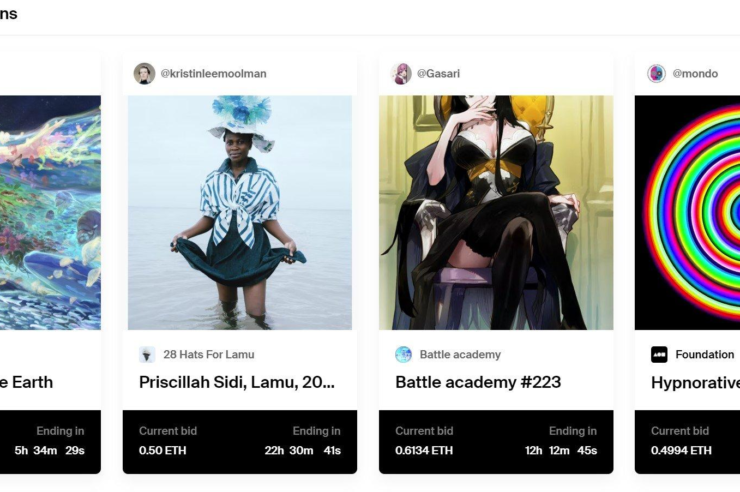
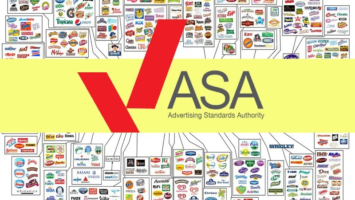
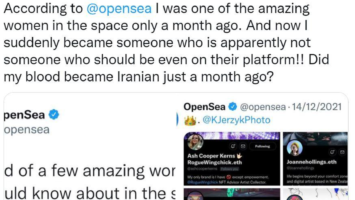
















Comments (No)